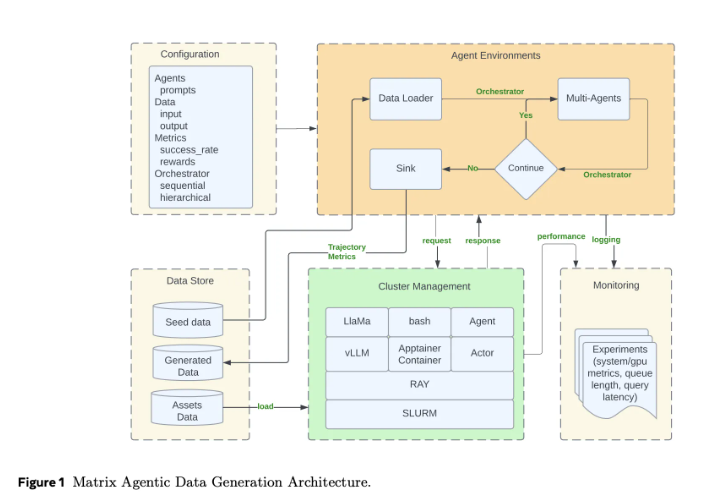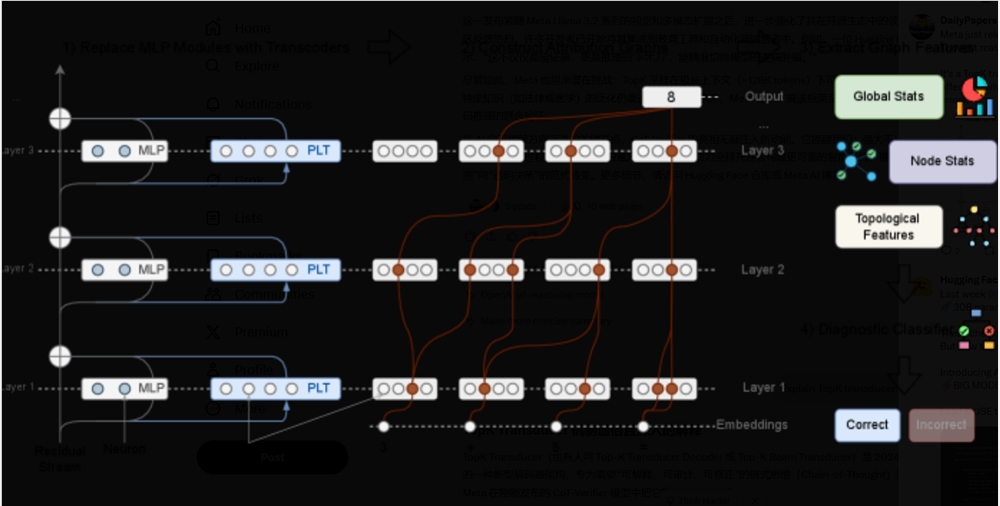Meta recently announced the launch of a new tool called AI Studio, which allows US users to create their own AI versions on Instagram or the web. The company stated that creators and business owners can use these AI profiles to interact with fans, engage in direct conversations within chat threads, and respond to comments.

According to a blog post published by Meta on Monday, US Instagram users can start using AI Studio via its website or directly on Instagram. Creators can customize their AI based on Instagram content, taboo topics, and links they wish to share. Additionally, creators can control the AI's auto-reply feature and decide which specific accounts the AI is allowed to interact with.
AI Studio not only supports personal AI avatars but also allows the creation of entirely new AI characters that can be deployed within Meta's applications. This move follows in the footsteps of startups like Character.AI and Replika, where users can already chat with themed chatbots. Meta plans to showcase user-created AI characters for others to experience, similar to OpenAI's custom GPT store.

It's worth noting that Meta previously allowed a few celebrities to create their own AI versions but under different names and roles. The company stated that this was to avoid the AI versions from representing real people and making inappropriate statements. However, even with built-in control mechanisms in AI Studio, this risk still exists.
Meta seems to be aware of the potential risks in this field. The company states that AI profiles will be clearly labeled wherever they appear. Additionally, Meta provides creators with detailed user manuals, requiring them to list topics the AI should avoid, such as sensitive questions like "Should I invest in cryptocurrency?"
With the launch of AI Studio, Instagram users may need to prepare for the ubiquitous AI interactions on the platform. The release of this tool marks a deeper integration of social media with artificial intelligence and raises new considerations about user experience and content authenticity.








